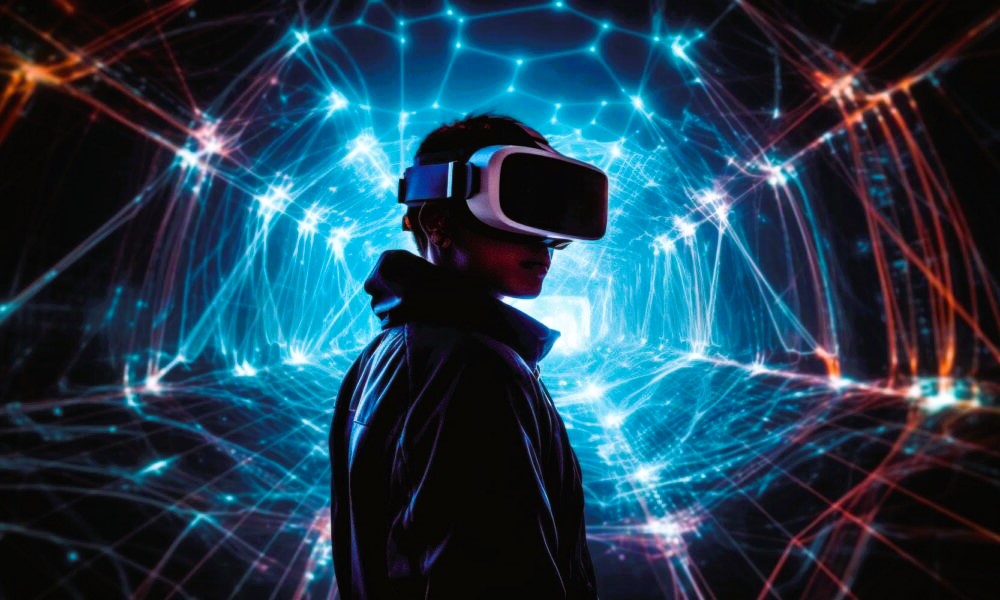In the ever-evolving landscape of technology, the fusion of artificial intelligence (AI) and design has emerged as a powerful force, reshaping the way we interact with and experience mobile applications. As AI capabilities continue to advance, designers are finding innovative ways to integrate these technologies into the design process, resulting in more intelligent and user-centric apps. This synergy between AI and design is not only enhancing user experiences but also paving the way for the future of app development.
The Role of AI in Design
Artificial intelligence plays a pivotal role in modern design by automating tasks, providing valuable insights, and personalizing user interactions. Designers leverage AI algorithms to analyze user behavior, preferences, and feedback, allowing for the creation of highly tailored and intuitive interfaces. This data-driven approach helps in crafting designs that not only look aesthetically pleasing but also anticipate user needs.
Automation in Design
One of the significant contributions of AI to design is automation. AI-powered design tools can automate repetitive tasks, such as resizing images, generating color palettes, and even suggesting layout options. This automation not only accelerates the design process but also frees up designers to focus on more creative and strategic aspects of their work.
Predictive Analytics
AI’s ability to analyze vast amounts of data enables designers to make informed decisions based on user trends and behaviors. Predictive analytics helps in anticipating user preferences, allowing designers to create personalized interfaces that adapt to individual users. This dynamic approach ensures that apps evolve with user needs, providing a more engaging and customized experience.
AI-Driven User Experience

The integration of AI into app design has a profound impact on user experience (UX). By understanding user behavior, AI can predict and fulfill user expectations, leading to more seamless and enjoyable interactions. Chatbots and virtual assistants powered by AI further enhance user engagement by providing instant support and guidance within the app.
Personalization and Customization
Personalized experiences are at the forefront of the AI and design collaboration. Apps can now analyze user data to deliver personalized content, recommendations, and interfaces. From suggesting relevant products to tailoring content based on user preferences, the fusion of AI and design is creating apps that feel uniquely tailored to each user. Read more about the impact of user-centric design on the success of an application by following the link.
Natural Language Processing (NLP)
The integration of NLP in app design enables natural and intuitive interactions. Voice commands, chat interfaces, and language understanding capabilities enhance accessibility and make apps more user-friendly. As AI algorithms continue to improve language comprehension, the gap between human communication and digital interaction is closing, offering a more conversational and intuitive user experience.
Challenges and Considerations
While the fusion of AI and design brings forth numerous benefits, it also presents challenges that designers and developers must address. Ethical considerations, privacy concerns, and the potential for bias in AI algorithms require careful navigation to ensure that the integration of these technologies aligns with user expectations and societal values.
Ethical Design
As AI becomes more ingrained in the design process, ethical considerations become increasingly important. Designers must be conscious of the impact their creations may have on users and society as a whole. Ensuring transparency, accountability, and user consent in AI-driven design practices is crucial to building trust and maintaining ethical standards.
Privacy and Security
The collection and analysis of user data raise concerns about privacy and security. Designers must implement robust security measures and clearly communicate data usage policies to users. Striking a balance between personalization and privacy is essential to foster user trust and comply with evolving data protection regulations.
The Future Landscape of AI-Driven Design

The fusion of AI and design is an ongoing journey, with continuous advancements shaping the future of app development. As technologies evolve, designers can expect even more sophisticated AI capabilities that redefine the boundaries of creativity and innovation.
Generative Design
Generative design, powered by AI algorithms, is poised to revolutionize the creative process. These systems can autonomously generate design options based on specified parameters, providing designers with a multitude of innovative possibilities. This collaborative approach between designers and AI sparks creativity and pushes the boundaries of conventional design thinking.
Augmented Reality (AR) and Virtual Reality (VR)
AI-driven design is set to play a crucial role in the integration of AR and VR in apps. By analyzing user interactions and preferences, AI can enhance the immersive experiences offered by these technologies. From personalized AR content to adaptive VR environments, the fusion of AI and AR/VR is expected to unlock new dimensions of interactive and engaging app experiences.
Conclusion
The fusion of AI and design represents a paradigm shift in the way we conceptualize, create, and interact with mobile applications. From automating mundane tasks to delivering highly personalized experiences, AI-driven design is reshaping the future of app development. As designers embrace the potential of AI, it is essential to navigate the ethical considerations and challenges to ensure a harmonious integration that benefits users and society as a whole.
For more information on design standards and best practices, visit Wikipedia’s Design Standards page.




